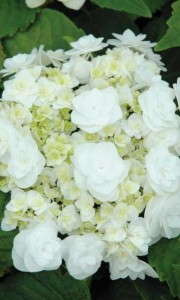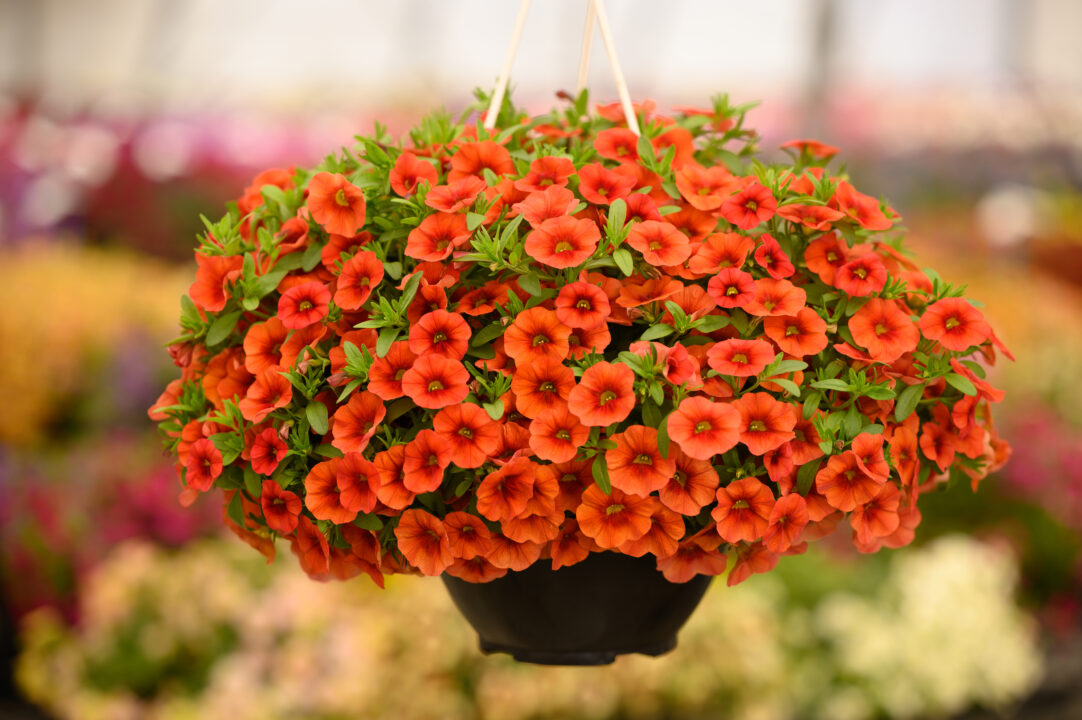Shrubs In Mixed Containers: 6 Steps For Success
 It’s not a new concept in gardening — in fact, it’s one of the oldest. Using shrubs is a great way to provide lasting and durable substance to a mixed container. In today’s market, it can be a useful tool to command a premium price, too. But understanding how to incorporate shrubs, perennials, grasses and annuals all into one container for production can seem like an overly complex task. Follow these simple guidelines to construct a winning combo.
It’s not a new concept in gardening — in fact, it’s one of the oldest. Using shrubs is a great way to provide lasting and durable substance to a mixed container. In today’s market, it can be a useful tool to command a premium price, too. But understanding how to incorporate shrubs, perennials, grasses and annuals all into one container for production can seem like an overly complex task. Follow these simple guidelines to construct a winning combo.
1 Start With A Theme In Mind.
Most shrubs have a few characteristics that convey a general feeling. For instance, hydrangea ‘Wedding Gown’ has an elegant, clean white lacecap/mophead hybrid bloom; it is a tidy, sophisticated plant. It belongs at Martha’s Vineyard or the Hamptons, so any accompanying filler and spiller should have a similar sophistication. Try adding a simple blue-flowering annual and dichondra ‘Silver Falls’ in a classy, simple, neutral-colored container. By contrast, a plant like sambucus ‘Black Tower’ has a decidedly exotic feel, and could be paired with lush, tropical-looking annuals like begonia and ipomoea ‘Marguerite’ in a bright purple, yellow or lime-green container.
2 Select The Right Type Of Shrub.
Some shrubs have a naturally personal and intimate appeal. Others look best planted en masse or need to be viewed from a distance to appreciate. Understanding this distinction is key to mastering the impulses of the end consumer. Words like novel, flashy or even extravagant may make the plant an ideal candidate for creative containers. Often bi-color flowers, fine textures and variegated foliage are perfect for containers because you need to be close to them to appreciate their subtleties.
3 Match The Container Size And Shape With The Shrub.
Proportion is an important component of any mixed container, but it is especially critical when using shrubs in a container. Why? Because many shrubs develop size and form quickly. To understand the habit of the shrub and choose the right container, it’s not a bad idea to quickly sketch out the early, mid and late season product. Sambucus ‘Black Tower’ grows very upright, for example, and thus may require a more upright container.
4 Pick Plants That Culturally Match.
If you have a shrub that has low water requirements, you’ll want to match it with annuals, perennials and grasses that can live in drier media and vice versa. By that same token, you’ll want to match fertility needs and light conditions in the container so you and the consumer will have success with the plant.
5 Consider The Pre-finished Options.
Don’t have bench space available in the fall or doubting your staff’s expertise to finish a shrub from a smaller liner size? Not to worry. The marketplace continues to adapt to provide more options for quicker finishes. The most common of these options are field-grown bareroot shrubs and pre-finished vernalized shrub liners and larger sizes (up to 1 gallon).
Both can be brought in and potted up after the first of the year for a late spring/summer finish. Consult your supplier, as the finish time will fluctuate by crop and area of the country. Note: Most suppliers will require an order by the fall to secure inventory for a ship date the next year.
6 Don’t Underprice Yourself.
You’ve worked hard to create a uniquely packaged product and a combination that the consumer will instinctually find more valuable than something that is perishable at the end of the season. And, of course, don’t forget to include end-of-season planting instructions.









